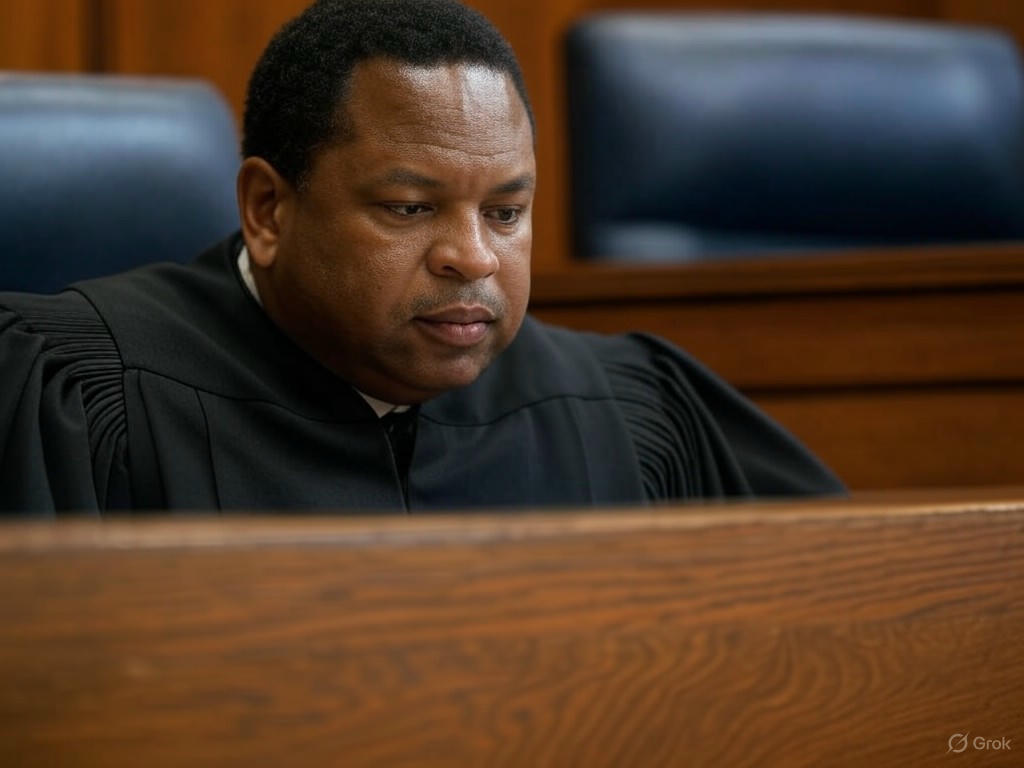A New Era for College Sports: Athletes Set to Earn Millions
In a groundbreaking decision that could reshape the landscape of college athletics, a federal judge has greenlit a monumental $2.8 billion settlement, opening the door for universities across the United States to compensate their student-athletes with millions of dollars. This ruling marks a historic shift in a system that has long relied on the amateur status of athletes, often barring them from earning money despite the massive revenues generated by college sports. With payments potentially starting as early as next month, the decision is being hailed as a long-overdue recognition of the value these young competitors bring to their schools and the broader sports industry.
For decades, the debate over whether college athletes should be paid has raged on, with critics arguing that the current model exploits students who dedicate countless hours to their craft while universities and governing bodies profit immensely from ticket sales, merchandise, and broadcasting deals. The recent settlement addresses these concerns by establishing a framework for revenue sharing, allowing schools to allocate funds directly to players. While the specifics of distribution are still being finalized, experts predict that top-tier programs in sports like football and basketball could see individual athletes earning significant sums, potentially rivaling professional contracts in smaller leagues. This move not only acknowledges the physical and emotional toll of competing at such a high level but also aims to level the playing field for students who often struggle financially during their college years.
However, this landmark ruling is not without its challenges. Smaller colleges with limited budgets may struggle to keep up with wealthier institutions, potentially widening the gap between elite programs and underfunded schools. Additionally, questions remain about how payments will impact recruiting, academic priorities, and the overall spirit of collegiate sports. Will the introduction of direct compensation blur the lines between amateur and professional athletics? Some fear it could transform the essence of college games into a transactional arena, while others believe it’s a necessary evolution to ensure fairness. Athletic departments are now tasked with navigating these uncharted waters, balancing financial obligations with the educational mission of their institutions.
As the dust settles on this historic decision, one thing is clear: college sports as we know it will never be the same. Athletes, long celebrated for their talent and grit, are finally poised to receive tangible rewards for their contributions. While the road ahead may be fraught with logistical hurdles and ethical debates, this ruling stands as a testament to the power of advocacy and the growing recognition of student-athletes’ rights. As payments begin rolling out in the coming weeks, the world will be watching to see how this bold new chapter unfolds, potentially setting a precedent for other nations to follow in redefining the relationship between education, sports, and compensation.


